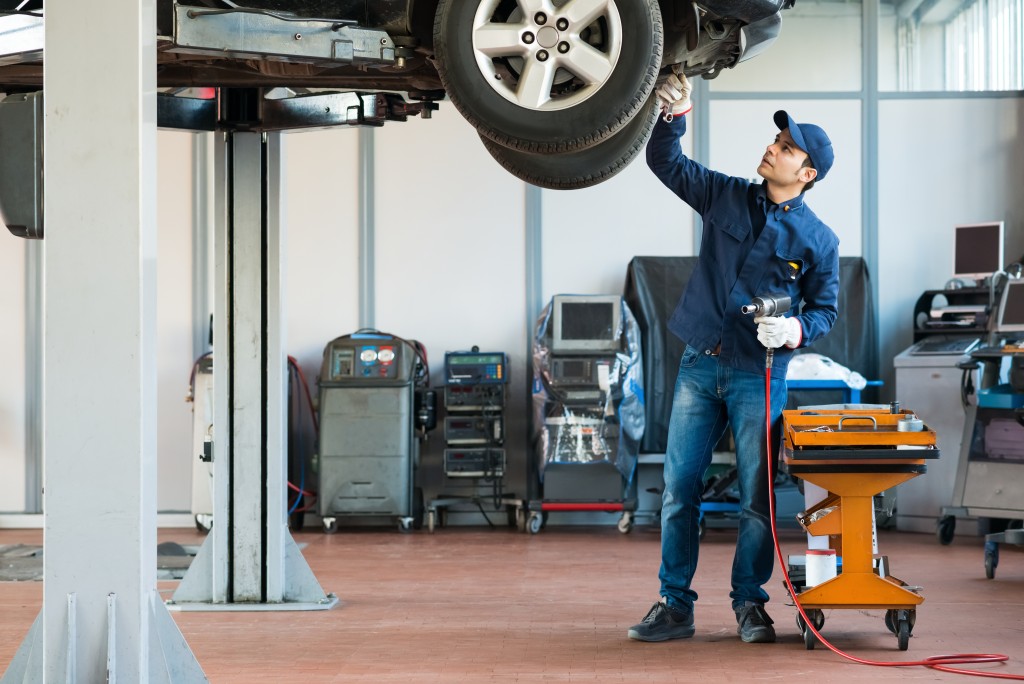- Packaging innovation in the automotive industry is essential to ensure safety, reduce environmental impact, and improve supply chain efficiency.
- Safety is a significant factor in automotive packaging design, with materials and labels ensuring the secure handling of vehicle parts.
- Eco-friendly materials and practices can help reduce packaging waste while promoting a circular economy to ensure long-term sustainability.
- Specialized packaging solutions, such as those for EV batteries, fragile components, and hazardous materials, must meet international standards.
- Technology has revolutionized automotive packaging designs with 3D printing enabling quick prototyping and tracking using RFID sensors.
Packaging innovation is an essential aspect of the automotive industry, as it plays a crucial role in ensuring the safety of vehicle parts and components during transportation and handling.
With the increasing demand for sustainable practices, manufacturers must adopt eco-friendly packaging materials and methods to reduce their environmental impact.
Packaging innovation is a significant aspect of the automotive industry, as it ensures the safety and protection of vehicle parts and components during transportation and handling. It also helps reduce the industry’s environmental impact by promoting sustainable practices and reducing packaging waste.
In addition, innovative packaging solutions can boost efficiency and productivity in the supply chain, leading to cost savings and increased competitiveness.
This post will discuss the significance of packaging innovation in the automotive industry and its importance in promoting safety and sustainability.
Importance of Safety in Automotive Packaging
Safety is a crucial aspect of automotive packaging, as it ensures that vehicle parts and components are transported and handled securely without damage or accidents.
Packaging must be designed to prevent shifting, vibration, and impact damage during transportation, and it must be robust enough to withstand harsh conditions and handling. Proper labeling and handling instructions also help ensure safe and appropriate handling.
Ensuring Secure Packaging for Vehicle Parts and Components
Packaging design and materials are crucial in ensuring secure packaging for vehicle parts and components. Manufacturers must choose suitable materials and packaging designs to protect against vibration, shock, and impact damage during transportation.
For example, foam inserts, custom shapes, and partitioning can help prevent damage to fragile components during transport.
Minimizing Risks During Transportation and Handling
Transportation and handling pose various risks to vehicle parts and components, such as damage, theft, and accidents. Proper packaging and handling protocols can significantly minimize these risks.
Packaging should be developed to protect against theft, and strict handling procedures should be followed to prevent accidents and damage during transportation.
Protecting Against Damage and Accidents
Packaging protects vehicle parts and components against damage and accidents during transportation and handling. Proper packaging design, materials, and configuration can help reduce the risk of damage and casualties. It is also crucial to ensure proper handling and secure transportation to prevent damage and accidents.

Enhancing Sustainability Through Packaging Innovations
Sustainability is an increasingly crucial aspect of every industry, including the automotive industry. Innovative packaging solutions can help reduce the industry’s environmental impact and promote sustainable practices. Eco-friendly materials, techniques, and recycling programs can reduce packaging waste and stimulate a circular economy, essential for the industry’s long-term viability.
Eco-Friendly Materials and Practices
Manufacturers can adopt eco-friendly packaging materials and practices to reduce their environmental impact. Using recyclable and reusable materials, such as biodegradable plastics, can significantly reduce waste and pollution.
Sustainable practices, such as reducing packaging sizes and weight, can also help reduce the industry’s carbon footprint.
Reduction of Packaging Waste and Environmental Impact
Packaging waste is a significant environmental challenge, and the automotive industry is not exempt from this issue. However, innovative packaging solutions can help reduce packaging waste and promote sustainable practices.
Recycling programs, take-back schemes, and circular economy initiatives can help reduce the environmental impact of the automotive industry.
Promoting Circular Economy Principles
The circular economy is a sustainable economic model in which materials and resources are used for as long as possible, and waste is minimized. Packaging innovation can help promote circular economy principles by reducing packaging waste and increasing recyclability and reusability. This is essential for the long-term sustainability of the industry.
Specialized Packaging Solutions in the Automotive Industry
The automotive industry requires specialized packaging solutions to safeguard its components during transit. Packaging must be designed in such a way that it can withstand the challenges of being shipped across the globe.
The industry has developed specialized packaging solutions for components such as engines, transmissions, and suspension systems. These specialized packaging solutions are designed to protect and ensure the components’ safe delivery to their destination.
EV Battery Packaging
Electric vehicles rely on high-performance lithium-ion batteries, which can be volatile if not adequately managed. Hence, EV batteries’ packaging design must address safety and thermal management issues. A safe EV battery packaging must maintain the optimum thermal environment to protect the cells from overheating.
The packaging must also provide mechanical protection, as the batteries are hefty, which could lead to damage during transport.
Fragile Component Packaging
The automotive industry has fragile components such as electronic control systems, headlights, upholstery, and other delicate parts that require extra protection during transportation. The packaging must ensure the components are secure, minimize vibration, shock, and impact, and prevent any damage during transit.
Hazardous Material Packaging
The automotive industry uses hazardous substances such as spray paint, petrol, batteries, oils, and chemicals that are dangerous to human health and the environment.
The packaging design for these hazardous materials must meet international packaging standards and regulations, such as the United Nations Dangerous Goods Regulations, to ensure their safe handling, storage, and transportation.
The Role of Technology in Automotive Packaging
Technology plays a significant role in automotive packaging innovation. One technology that has transformed the automotive industry is 3D printing, which has revolutionized the design of packaging solutions. 3D printing enables designers to produce prototypes of different packaging solutions quickly.
This technology has significantly reduced the time it takes to design and test packaging solutions. Other innovative technologies that have transformed automotive packaging include Radio Frequency Identification (RFID), which enables the tracking and monitoring components during transportation, and sensors that monitor temperature, humidity, and shock.

Innovative packaging solutions are crucial for the safety and sustainability of the automotive industry. With the increasing demand for sustainable practices, manufacturers must adopt eco-friendly materials and practices to reduce their environmental impact and promote a circular economy.
Moreover, safety must remain a top priority in packaging design and handling protocols to ensure that vehicle parts and components are transported and handled securely and without damage or accidents.
By prioritizing packaging innovation, manufacturers can maximize efficiency, reduce costs, and remain competitive while promoting a sustainable future.








